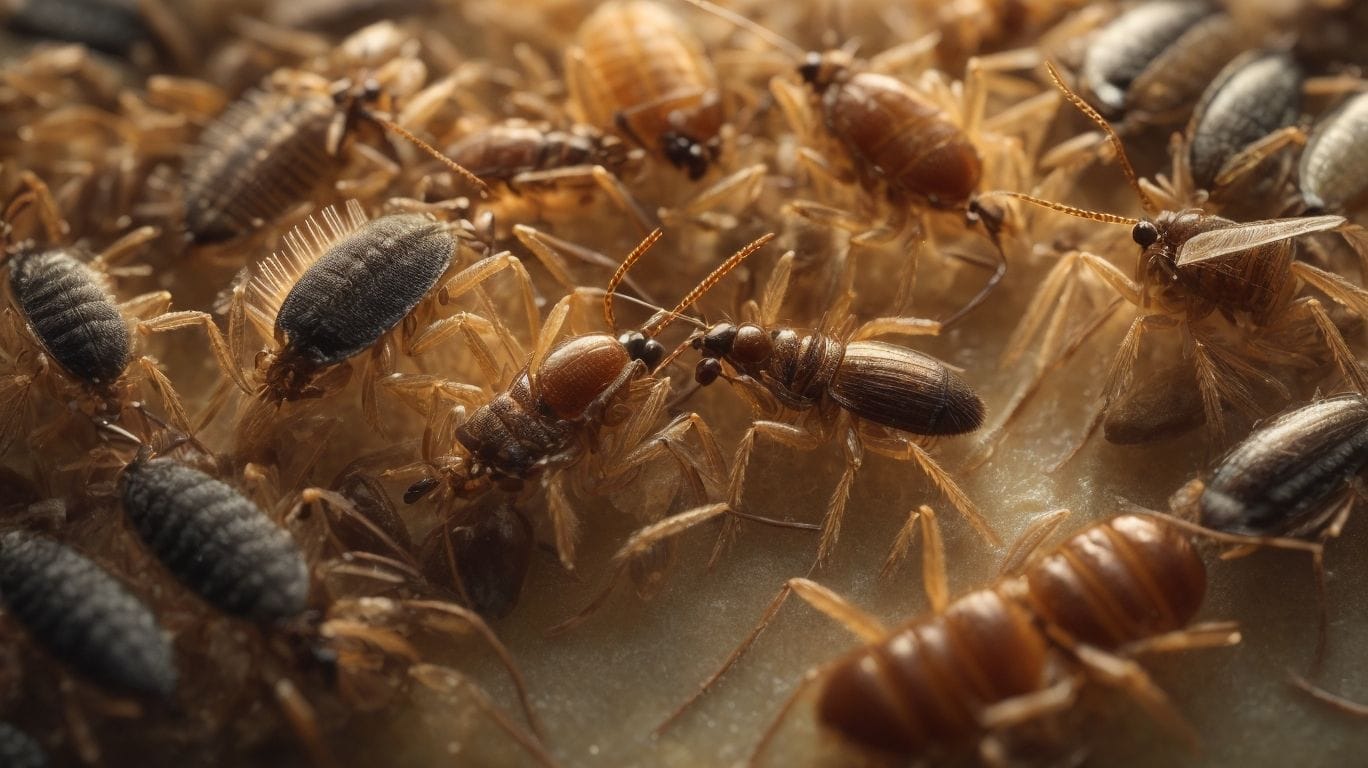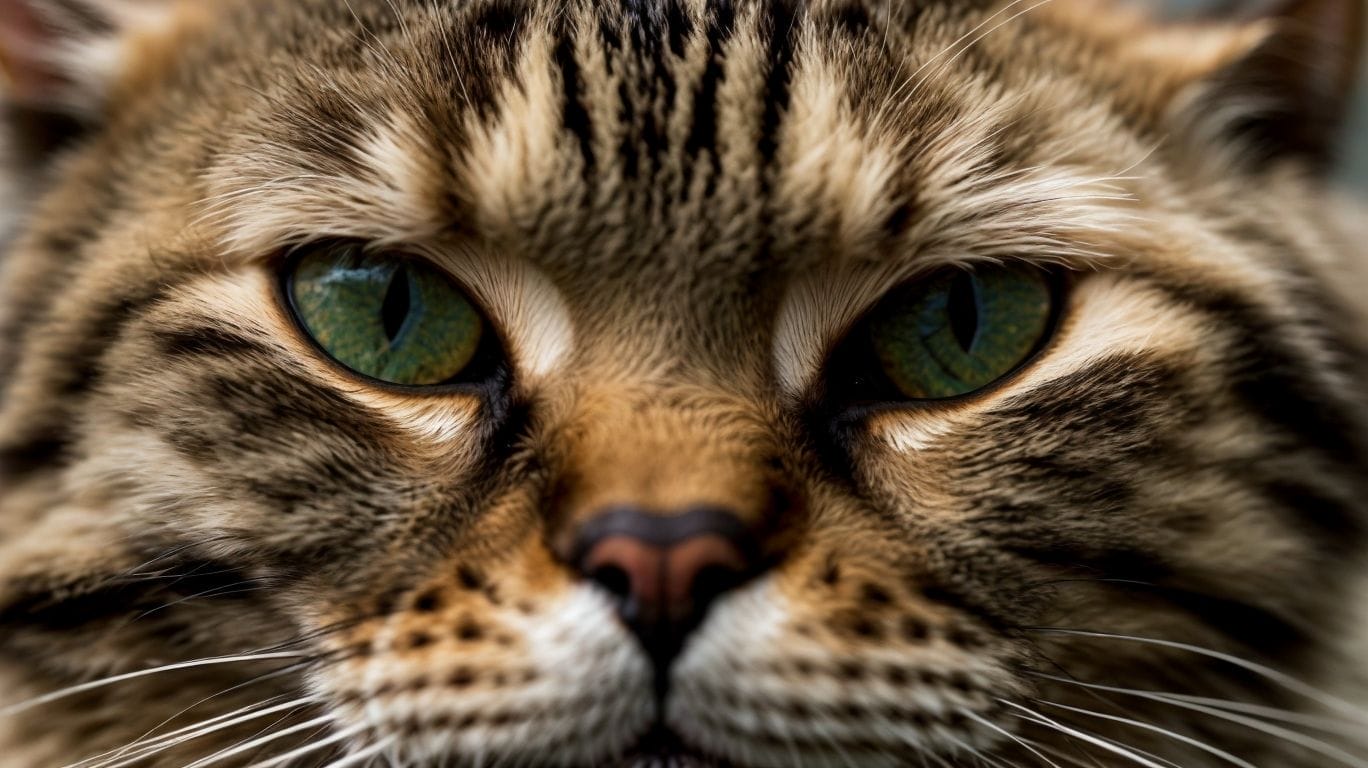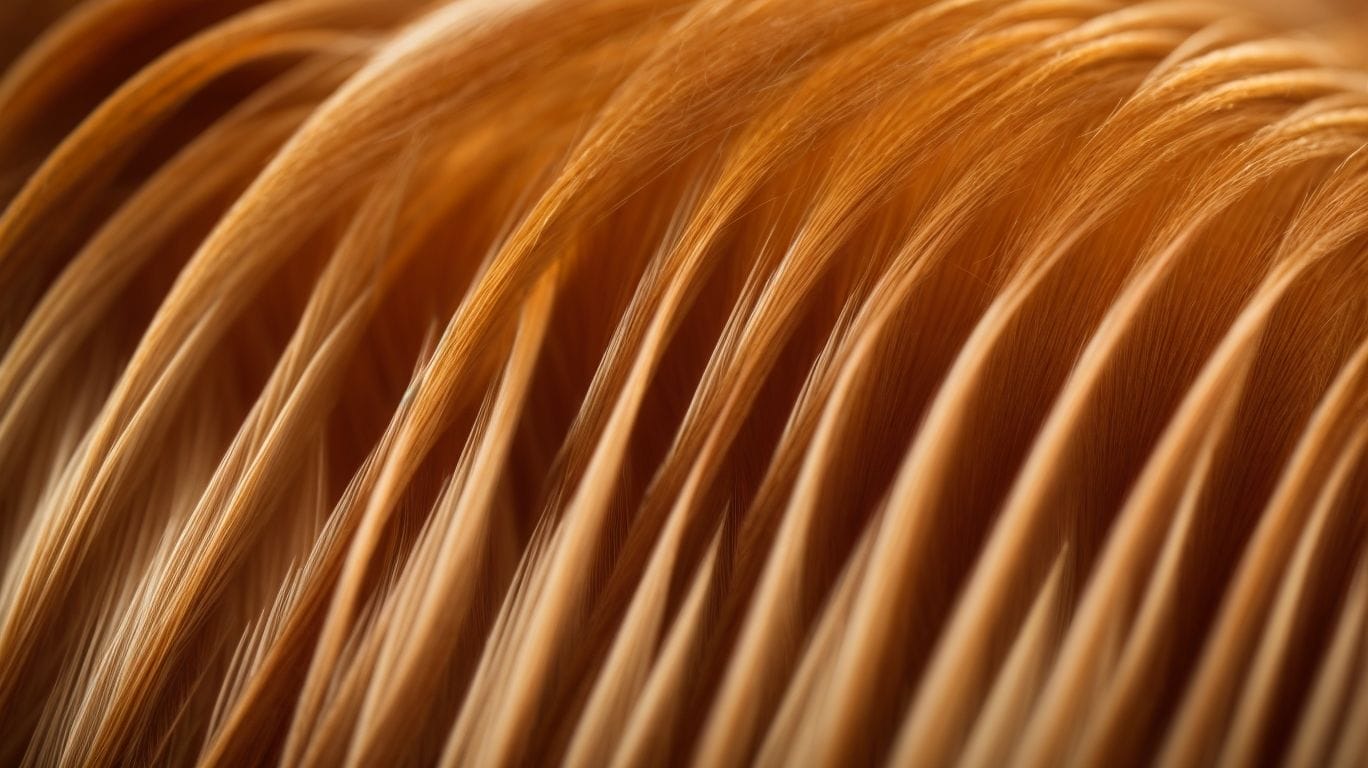Head lice are small, wingless parasites that infest the scalp and hair of humans. They feed on small amounts of blood from the scalp and reproduce by laying eggs, known as nits, in the hair shafts. Head lice can cause itching, discomfort, and scalp irritation.
One common question among pet owners is whether pets can get head lice. While various types of lice can affect different animals, it is important to note that head lice are species-specific and primarily infest humans. Understanding the types of lice and their specificity is key to comprehending the absence of infestation in pet animals.
Humans are susceptible to specific species of lice, such as Pediculus humanus capitis, which are adapted to infest the human scalp. These lice have evolved to thrive in human hair and are well-equipped to attach to the specific size and shape of human hair shafts.
On the other hand, pets, such as dogs and cats, have species of lice that are specific to them and do not infest humans. The types of lice that affect pets, such as Trichodectes canis in dogs and Felicola subrostratus in cats, cannot survive or reproduce on human scalps.
Therefore, the risk of pets getting head lice is extremely low, and it is highly unlikely for pets to transmit lice to humans. While it is important to maintain good hygiene and health for both humans and pets, pet owners can have peace of mind knowing that head lice infestation is not a concern for their furry companions.
For humans, it is still essential to take necessary precautions to prevent and treat head lice infestations. Regularly checking for lice, avoiding sharing personal items like combs and hats, and utilizing appropriate treatments are effective methods to prevent and manage head lice in humans.
Key takeaways:
- Pets cannot get head lice: Unlike humans, pet animals do not get infested with head lice. They have their species-specific lice that do not infect humans.
- Understanding lice species: Lice are different for humans and pets. While humans may get head lice, pets can have lice species specific to them, such as dog lice or cat lice.
- No transmission from pets to humans: There is no known transmission of lice from pets to humans. Therefore, the risk of getting head lice from pets is virtually non-existent.
What is Head Lice?

Photo Credits: Petnarnia.Com by Terry Mitchell
What is Head Lice?
Head lice are parasitic insects that live on the scalp and hair of humans. They are small, wingless, and feed on blood from the scalp. Head lice are common among children and are easily spread through close contact or sharing personal items like combs or hats. They cause itching and irritation on the scalp and can be difficult to eliminate. To prevent head lice, avoid sharing personal items and teach children about good hygiene practices. Pro-tip: Regularly checking your child’s scalp for head lice and nits can help catch an infestation early and prevent it from spreading.
Can Pets Get Head Lice?

Photo Credits: Petnarnia.Com by Russell Allen
Curious about whether your furry friends can catch head lice? Let’s dig into the topic of pets and head lice. We’ll explore the types of lice that exist, including those specific to humans, and discover fascinating facts about how infestations in pets are quite rare. Get ready to unravel the truth about pets and head lice!
Understanding the Types of Lice
Understanding the Types of Lice
To effectively prevent and treat lice infestations, it is crucial to have a clear understanding of the different types of lice. The following table provides a summary of each type and their respective characteristics:
| Type of Lice | Description |
| Head lice | These lice infest the scalp and hair of humans. They are tiny wingless insects, approximately the size of a sesame seed. |
| Body lice | These lice reside in clothing and only move to the body to feed. They are slightly larger than head lice. |
| Pubic lice | Also known as “crabs,” pubic lice infest the genital area. They are typically transmitted through sexual contact. |
| Crab lice | These lice infest areas with coarse body hair, like the armpits or eyebrows. They are less common compared to other types. |
A comprehensive understanding of the various types of lice is essential for identifying the appropriate treatment and prevention methods for each type. It is highly recommended to seek professional advice, such as from the Lice Clinics of America or Vetderm Clinic, for accurate diagnosis and guidance.
Lice Species Specific to Humans
Head lice are parasitic insects that infest human hair and scalp. There are three lice species-specific to humans: Pediculus humanus capitis (head lice), Pediculus humanus corporis (body lice), and Pthirus pubis (pubic lice). These lice species have adapted to live and feed exclusively on human blood. They cannot survive or reproduce on pets or other animals. Therefore, it is unlikely for pets to get head lice. It is important to note that each species of lice has specific infestation symptoms and treatment options.
Lack of Infestation in Pet Animals
Pet animals, such as dogs and cats, have a lack of infestation with head lice. Head lice are species-specific, meaning they thrive and reproduce only on humans. These parasites rely on human blood and scalp oils to survive. Therefore, pet owners can be reassured that their pets cannot transmit head lice to them or other humans. It’s important to note that pets can have their species of lice specific to their species. If you suspect your pet has lice, it is recommended to consult a veterinarian or a specialized clinic, such as VetDerm Clinic, for proper diagnosis and treatment.
Can Pets Transmit Lice to Humans?

Photo Credits: Petnarnia.Com by Christian Green
No, pets cannot transmit lice to humans. Lice species are specific to their hosts, and human lice cannot survive on pets. Similarly, pet lice cannot survive on humans. Therefore, there is no risk of lice transmission between pets and humans. It is important to note that while pets may be susceptible to their species of lice, they pose no threat to humans in transmitting lice. So, rest assured that your pets cannot transmit lice to you or your family members.
In 1997, a study by the University of Pennsylvania confirmed that pets, such as dogs and cats, do not harbor or transmit lice to humans. The research involved testing lice samples from both humans and their pets, and the results showed no gene flow or genetic similarity between the lice species found on pets and those found on humans. This study further supported the fact that there is no risk of lice transmission between pets and humans.
How to Prevent and Treat Head Lice in Humans

Photo Credits: Petnarnia.Com by Albert Smith
“`
- One way to prevent and treat head lice in humans is to regularly check for lice and nits in the hair, particularly behind the ears and at the nape of the neck.
- Teach children the importance of avoiding sharing personal items like hats, combs, and brushes to reduce the risk of lice infestations.
- Ensure that infested bedding, clothing, and stuffed animals are washed and dried on high heat to eliminate lice effectively.
- Using a fine-toothed lice comb is an effective method to remove both lice and nits from the hair.
- To address head lice, it is recommended to apply either an over-the-counter or prescription lice treatment shampoo, following the instructions carefully.
Remember, prevention plays a crucial role. Educate children about maintaining good hygiene practices and avoiding close head-to-head contact with others to reduce the risk of lice infestations significantly. If lice persist, it is advisable to consult a healthcare professional for further guidance.
“`
Some Facts About Can Pets Get Head Lice?
- ✅ Pets can get lice, but it is not as common as in humans. (Source: VetDERM Clinic)
- ✅ Lice are species-specific parasites and cannot move from one species to another. (Source: Our Team)
- ✅ Humans cannot get lice from their pets, and pets cannot get human-specific lice from humans. (Source: Our Team)
- ✅ Dogs and cats have different sets of species-specific lice that affect them. (Source: Our Team)
- ✅ While pets can transport lice, they are not a significant concern regarding infestation. (Source: WagWalking)


